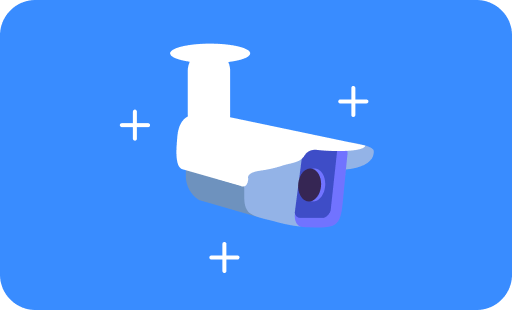The top 3 best technology practices for security operations centers
- Physical security
- FILTER_Physical-Security

At one point or another, every business needs to consider its strategy around safety and security. This is where a SOC, or security operations center comes in. Whether it’s embedded within a larger corporation, or it manages security for a variety of different organizations, there’s a lot to consider before building a SOC from scratch - not least the kind of technology you use every day.
As security operations become more and more reliant upon technology, it's key to think about how you'll be using it. For example, which processes will you automate? Do you plan to do everything on your own network, or will you use external services and software? Where in your network are you vulnerable to cyberattacks?
Developing a set of best practices that works for you and your team may take time, but here are a few key considerations to get you started.
If an in-depth guide is what you're after, check out our whitepaper on video surveillance cybersecurity:
Grow with the cloud
With all the advantages and conveniences of working with the cloud, it’s important to take a deep look at cloud-based options for video monitoring software.
According to Calipsa’s 2021 Annual Report, there is more and more adoption of the cloud in the security industry. 75% of the businesses we surveyed used cloud-based video analytics and about one third of the respondents (32%) now use a completely cloud-based solution.
If you are starting out small and planning to grow, a cloud provider’s ready-made infrastructure and in-built security measures remove the financial and operational pressures of managing your own IT and cybersecurity measures. As you scale up, cloud-based services provide the ability to scale without the need to invest in more expensive hardware. With many teams working from home, the cloud also offers flexibility to try out different remote working models.
There’s a reason a large portion of the security industry migrating to the cloud, so it’s worth investigating if a cloud-based option is right for your team.
Integrating cybersecurity into your security operations
Protecting cameras and footage
Because many video surveillance devices like cameras and NVRs can be easily hacked or damaged, considering both the physical and cybersecurity of your operation is of the utmost importance for SOCs.
Make sure to place your cameras in a place that is far out of reach from anyone who might be looking to destroy it. Keep any video storage devices in secure locations that only approved staff members can access to prevent tampering. Also record video onto backup devices, or back footage up to the cloud, to avoid losing footage as a result of theft.
You can further protect your digital footage by purchasing equipment that uses digital certificates, which pair a manufacturer’s public key with a private key that stores the owner’s information. Pairing these two keys creates a unique certificate for that specific device, and any data transferred from, or stored on the device is encrypted with it.
Maintaining safe connections
Internet connections can be the Achilles heel of your entire operation without the proper due diligence. There are a few steps you can step to ensure your SOC’s cybersecurity. Start with creating a secondary network for all security devices to add extra layer of security between them and the main network.
The next step is installing a firewall to reduce the amount of information your security devices share publicly. The more sensitive the data, the stronger your firewalls should be in those areas.
You can add an additional layer of protect by encrypting your connections with SSL/TLS protocols over an HTTPS connection. This makes the data you share hard to view and decode.
Reduce the load of false alarms for staff
Once your infrastructure is up and running, you’ll need to find the right folks to run your SOC. One of the biggest challenges operators face today is being overwhelmed with false alarms. You can help your team immensely by utilizing a software like Calipsa Detect to filter out false alarms.
In Calipsa's 2021 Annual Report, we discovered that many security businesses turned to technology solutions to help relieve the pressures of staff shortages. 65% said their monitoring hours increased, whilst 55% said staff shortages / sickness was their biggest operational challenge.
Fewer staff with longer monitoring hours? Sounds less than ideal for a successful business. The companies we surveyed tackled this problem with intelligent technology. After using AI-based video analytics, 64% reported greater efficiency and 58% saw a reduced workload.
Over the last few years, many teams have felt repercussions of the pandemic with staffing shortages. Integrating AI analytics in your security operations can help lighten the load on operators, especially if you’re running short on staff.
Learn more about cybersecurity best practices for security operations centers with our free guide on video surveillance cybersecurity:









No comments